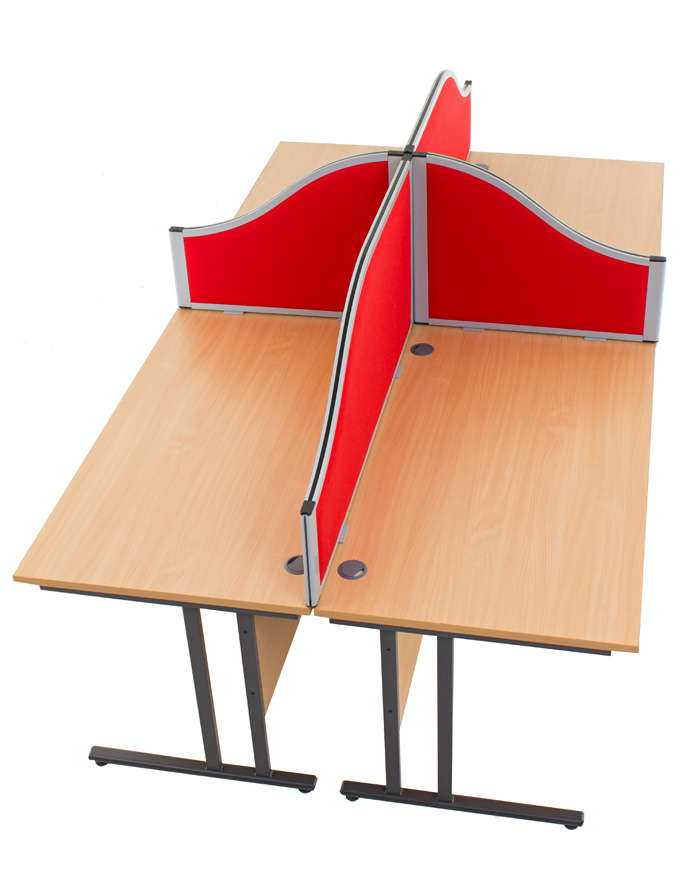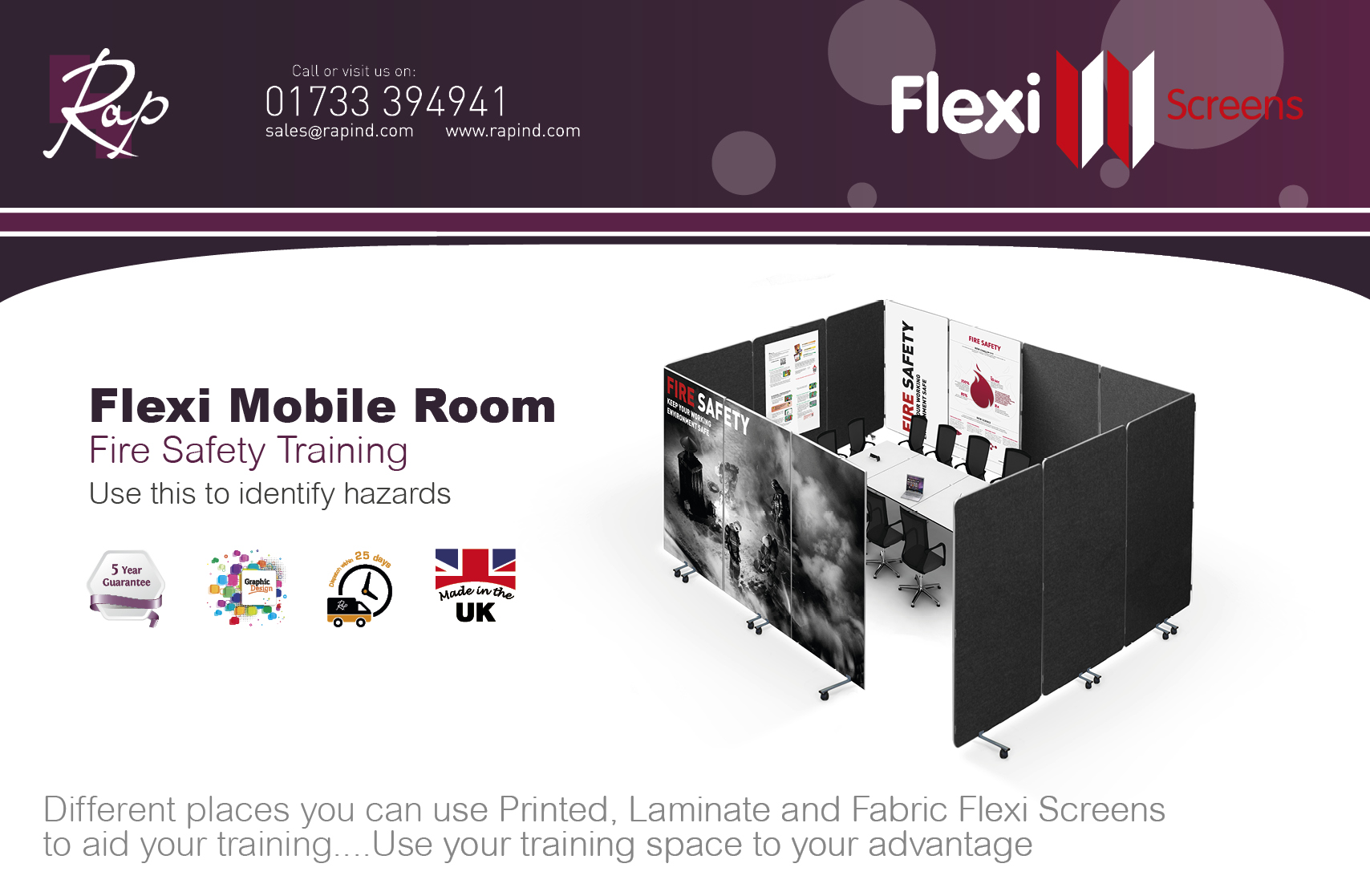Identifying the Issue
The office is somewhere that we spend at least eight hours a day, five days a week for over 300 days a year. For most of us, we end up spending more of our lives in an office than relaxing at home. What a wonderful thought. This fact is made altogether worse when the office is cramped, too hot, noisy and whatever else grinds your gears. When the first offices started to spring up, they looked to adapt the model of industrial revolution factories. Rows upon rows of workers, furiously working for hours while being overseen by the head of the company. Some modern-day companies may even still run this way, but for the majority, times have changed and office designers are showing a bit more concern for the people who must sit in them all day.
When you spend time in the same environment repeatedly, you will begin to notice the tiniest of details. Cracks in the walls, mysterious smells and creaks in the floorboards, your brain naturally begins to process everything around you. When you work in an office, the same process happens. When the job starts out, everything is fine as you try to absorb the new surroundings. But after a few days, weeks or months, you will unwittingly begin to identify all the sights, smells and noises all around you. The colleagues who you try so hard to get along with can quickly become associated with their mannerisms and these will grow ever worse day by day, unless they are resolved.
Addressing the Prominent Issues with Office Design
With no signs that the open office layout will be fading away any time soon, modern offices are increasingly looking to adapt to some of the major issues which arise from these ‘collaborative workspaces’. The whole idea behind them in the first place is that by placing employees next to each other in a block design will help them to collaborate more as they never have to leave their desk. It serves that purpose fine, but what happens when deadlines begin to loom and pressure starts to mount? How collaborative do you think people are when stress levels begin to reach an unbearable amount? If you have worked in an open office, then you will already know the answer to this.
While open style, collaborative spaces have their benefits, it is still necessary to create areas which allow people to have privacy and the conditions to concentrate. Fortunately, it is not necessary to create permanent, separate spaces. Instead, modern furniture and technology can help to transform existing spaces, making them more effective and ultimately more productive. These also need to take into consideration that individuals will often have different work styles. While some may thrive in busy spaces, others can begin to feel overwhelmed and it is important to have those quiet areas where they can retreat to.
Distractions, Distractions, Distractions
There are three main factors which drag the concept of the open plan office down; noise, privacy and comfort. One of the main reasons why the trend of working from home is on the rise is the fact that it directly addresses these three issues. Unfortunately, the nature of the work that many office workers do means that this arrangement is not always possible, which is why interior designers are increasingly working towards replicating the same conditions of a home into the office. In essence, this means cutting down on both audible and visual distractions.
One of the major flaws with a lot of solutions that you find online is that they call for modern office design to create separate areas which are adapted to either a collaborative space or a private space. This is fine for organisations with large offices, but as a result, this hardly leaves many options for small businesses. Fortunately, with products like desk dividers and partition screens available, it is possible to recreate the conditions without making a large investment.
Noise is perhaps going to be the trickier of the two distractions to combat, especially in small spaces. Considering that sound by nature is very unpredictable, creating an environment which combats it can take some testing to perfect. The solution to combating this is to introduce soft surfaces and if your budget can extend so far, ensure they incorporate acoustic foam. This innovative material is increasingly being used in desk dividers, wall panels, padded flooring… you get the picture. On a basic level, sound reverberates by bouncing off hard surfaces, so if you fill the area with soft surfaces equipped with acoustic foam, this will actively combat reverberation time, effectively reducing ambient background noise.
The Benefits of Perfecting Office Design
The perks of creating an effective workspace can often be hidden, however it will begin to reflect on your business long term. While it is perhaps unreasonable to expect all your employees to be giving 110% as soon as the new design installed, the biggest difference will start to appear once crunch time begins to hit. With a work space, which promotes collaboration while still providing privacy, this provides employees with more freedom to concentrate and get on with their work. If working with colleagues is required, then the proximity means that this is easy to achieve. Yet if they require peace and quiet to focus, they can retreat behind the desk dividers and block the most prominent distractions.
For over 40 years, Rap Industries have been designing and manufacturing office furniture which is tailored to meet the changing needs of clients. With partition screens, desk dividers and much more available, each is extensively tested to ensure they can improve any office environment. For more information on the services provided, please visit the site, give us a call on 01733 394941 or send an e-mail to sales@rapind.com.


